Exploring Addressing Modes and Instruction Set Design
VerifiedAdded on 2020/04/07
|9
|778
|61
AI Summary
The assignment explores several key concepts within digital systems, particularly focusing on how various addressing modes are employed to manipulate data stored in a computer's memory. The main components include: Task 1, which discusses bank accounting for memory based on the number of address bits required by RAM chips; Task 2, which involves calculating instruction sets and determining opcode size for a system with a specific word length; Task 3, which provides practical examples of different addressing modes (immediate, direct, indirect, indexed) used to load values into the accumulator; and Task 4, which translates a mathematical expression across three machine types: two-address, one-address, and zero-address machines. Through these tasks, students are expected to gain an understanding of how instruction formats and memory architectures affect computing processes.
1 out of 9
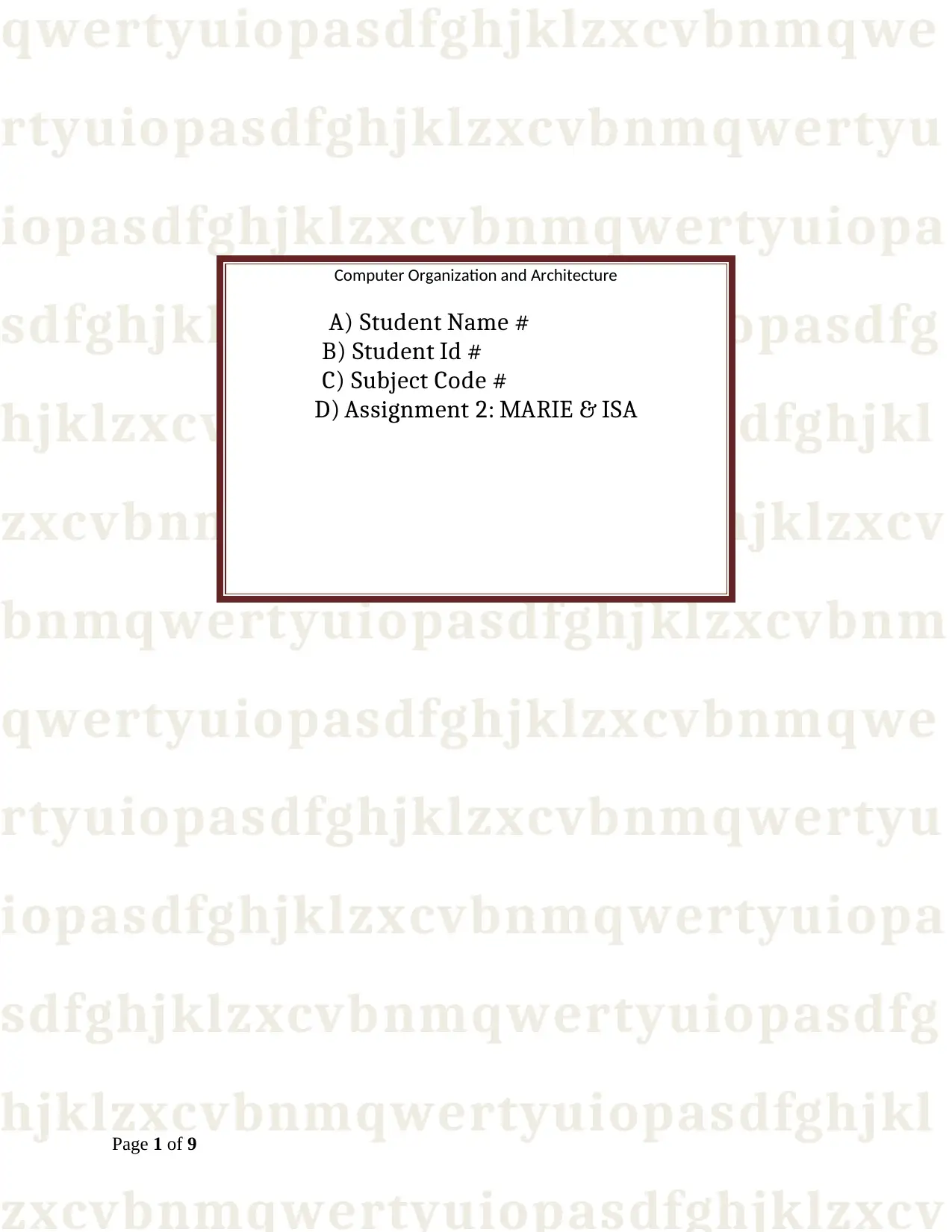
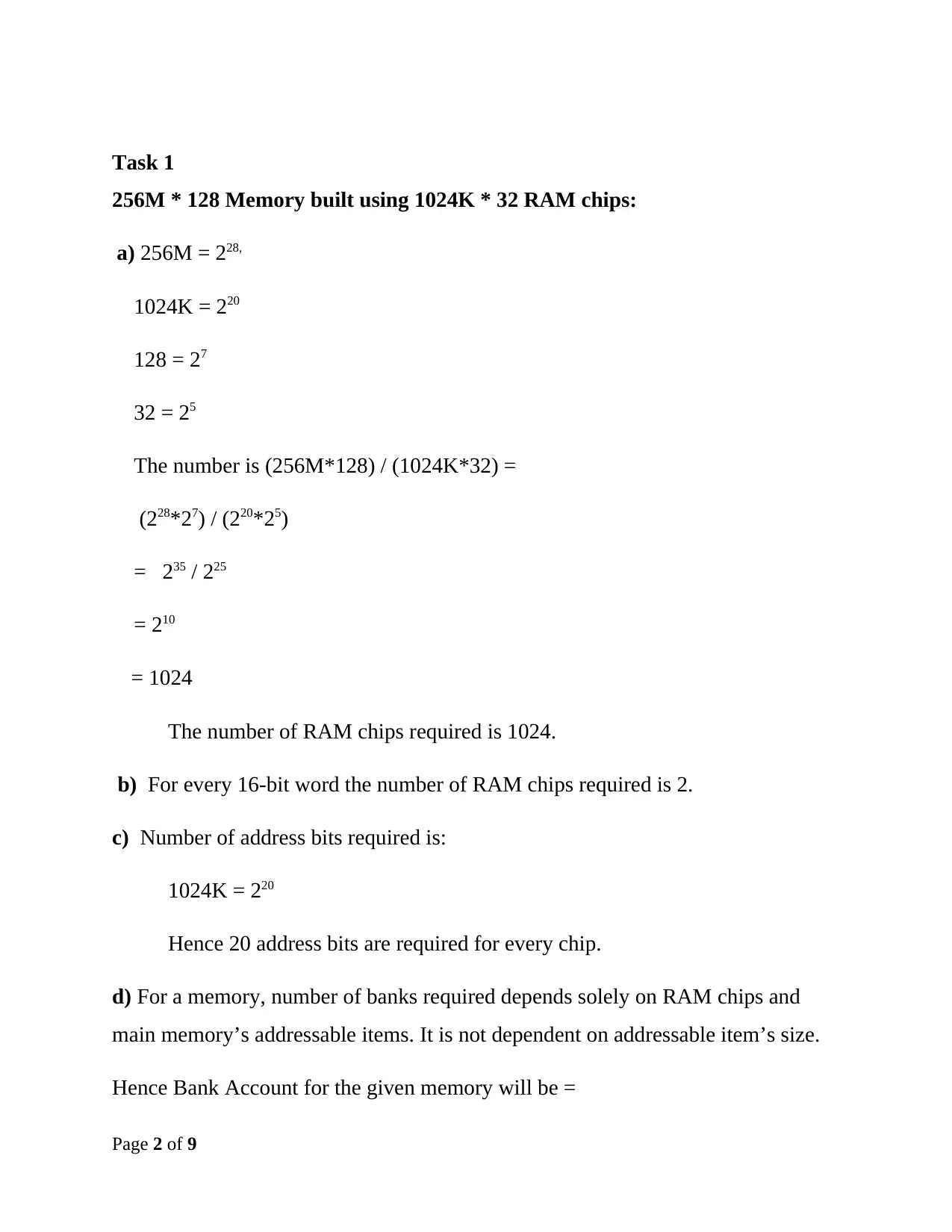
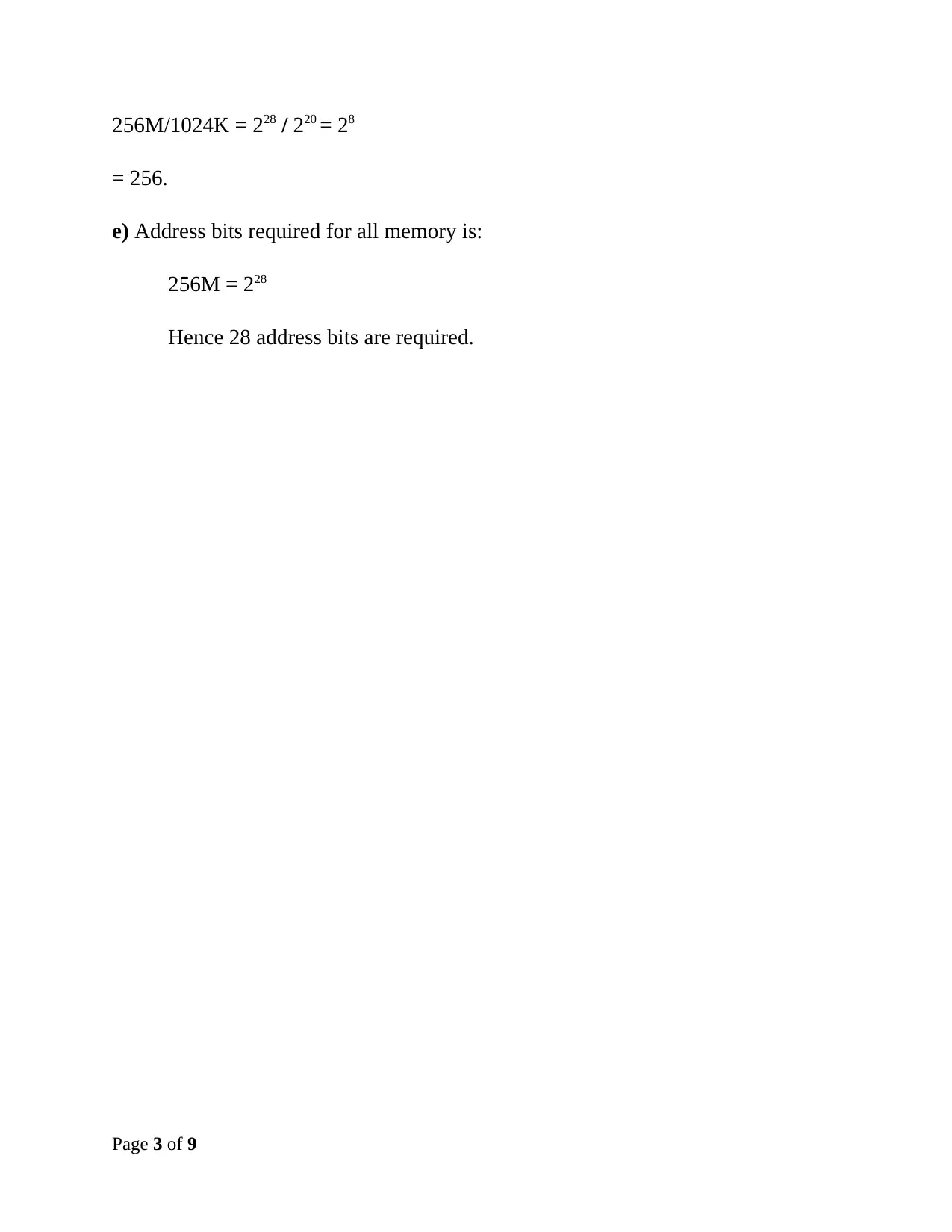

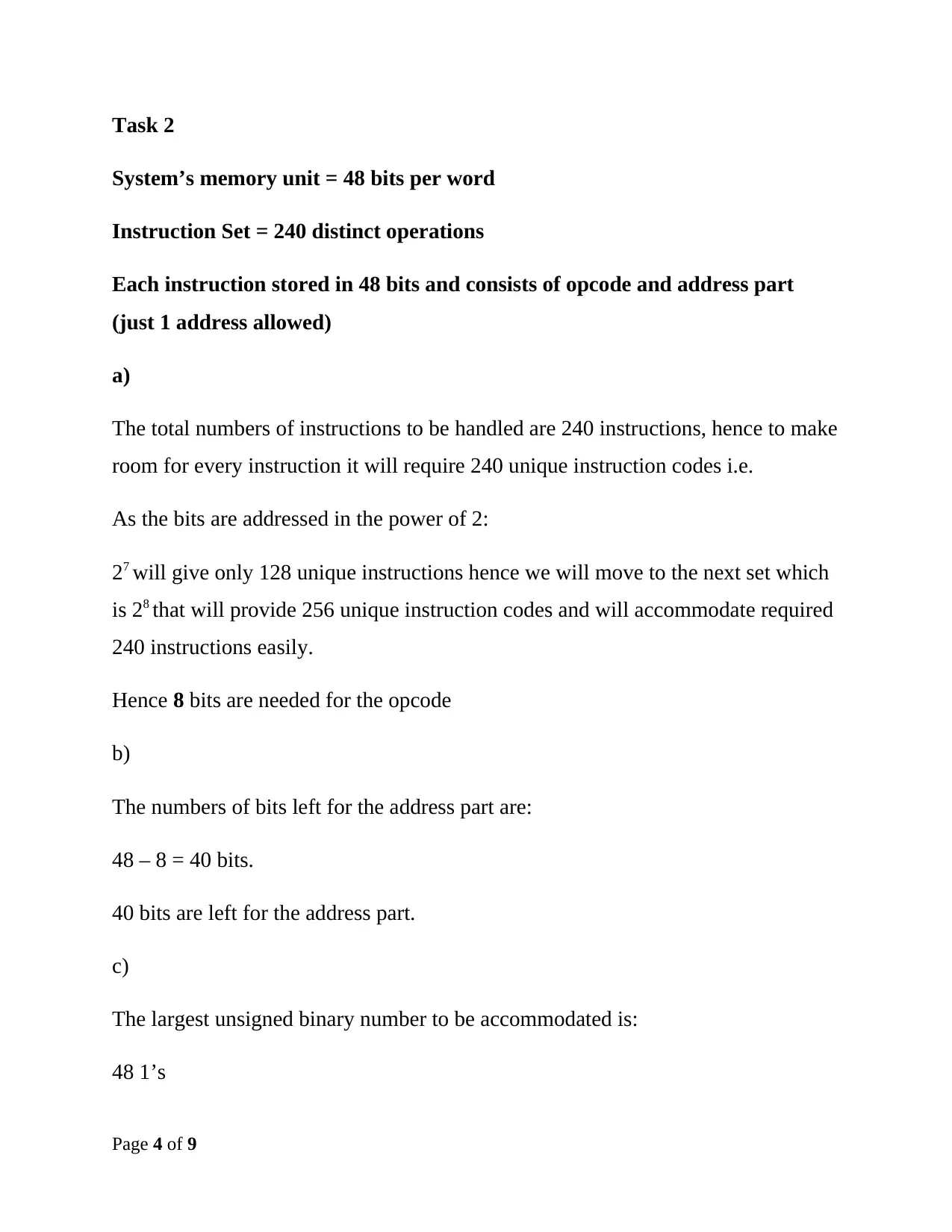
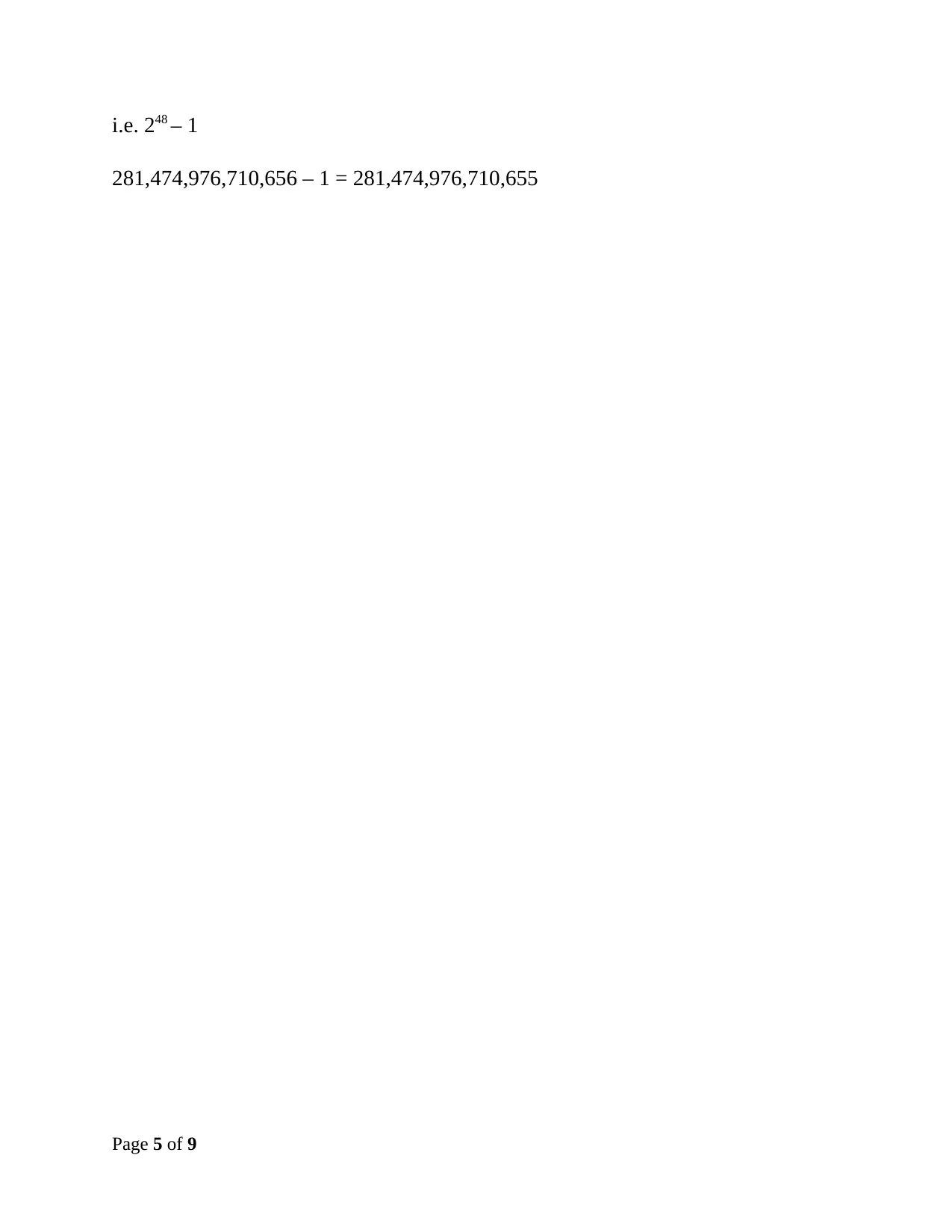
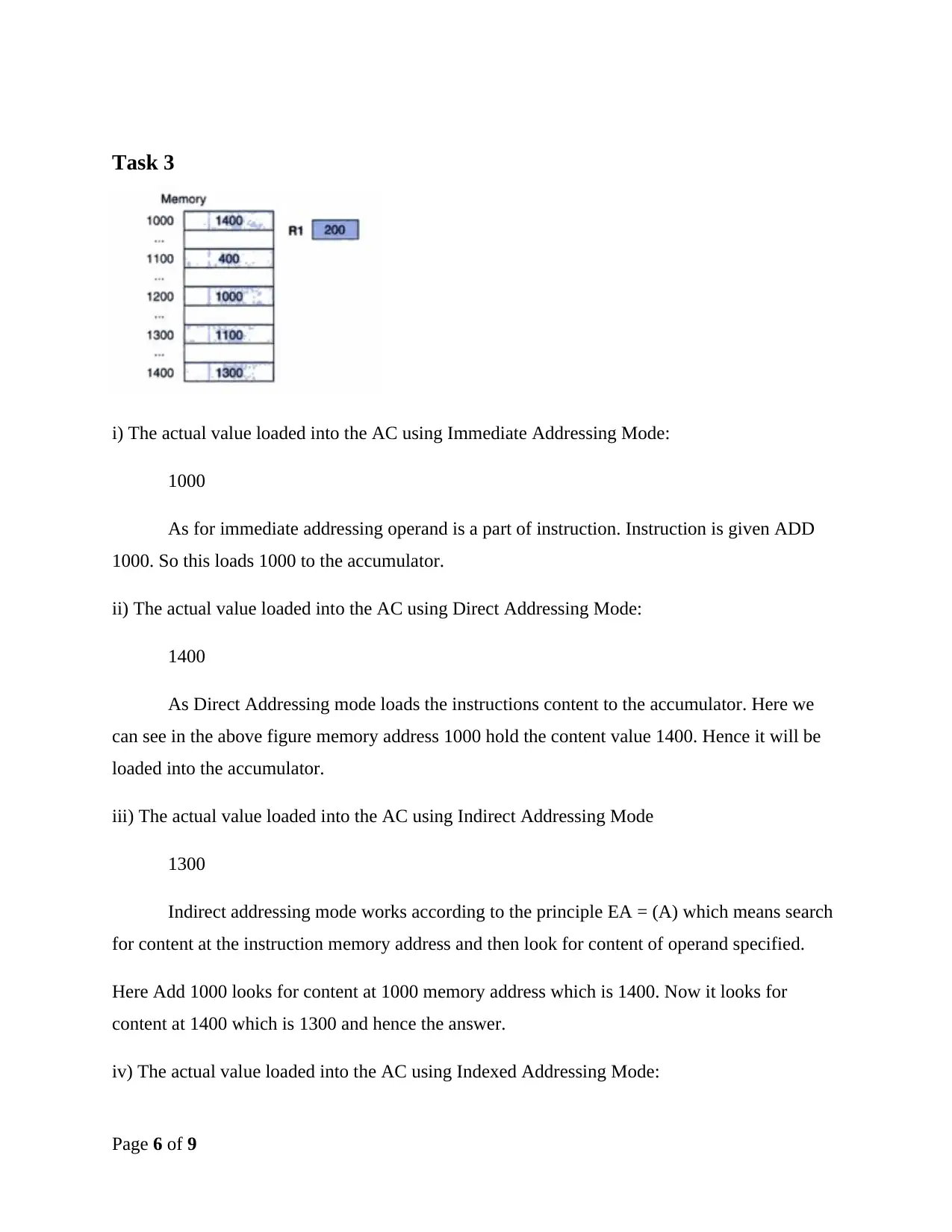
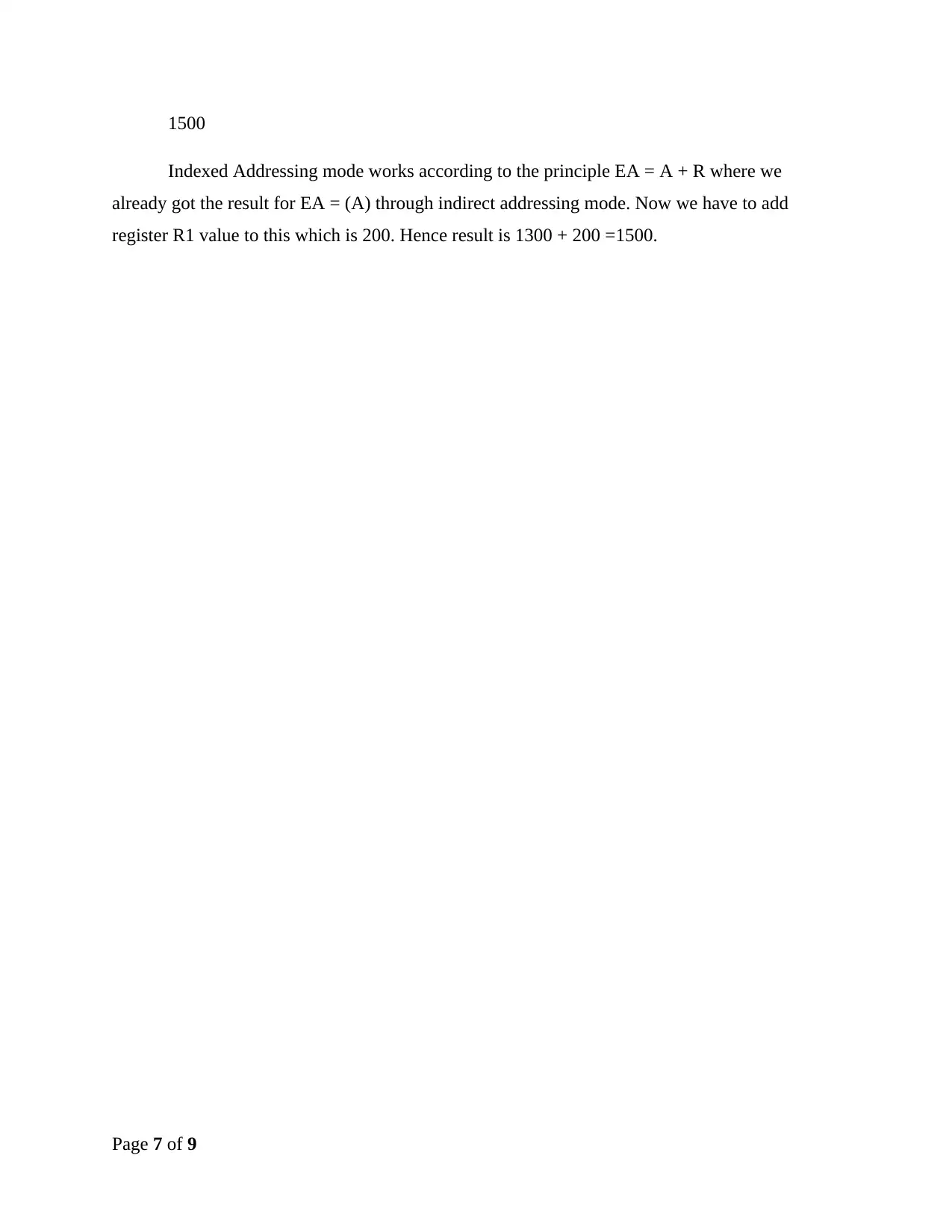
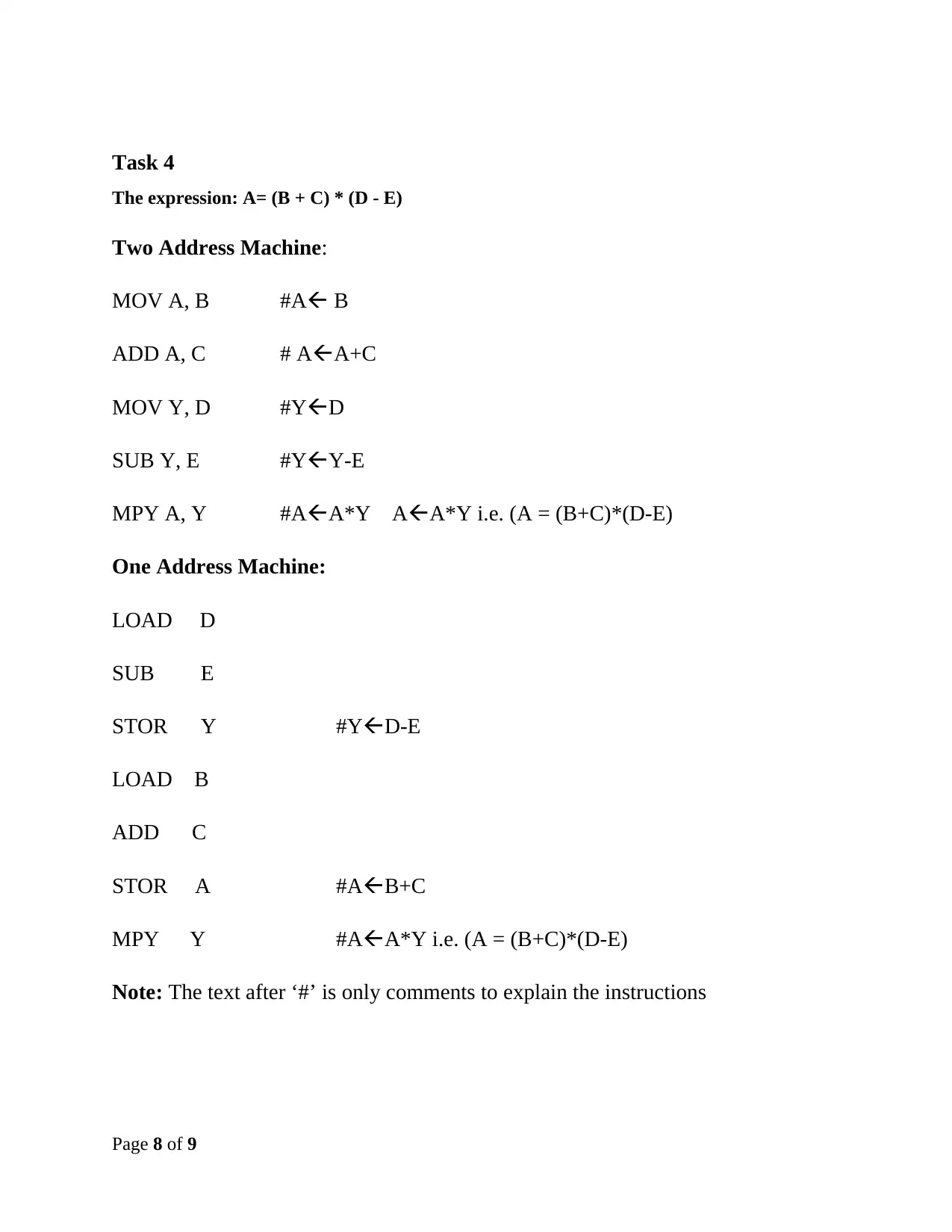
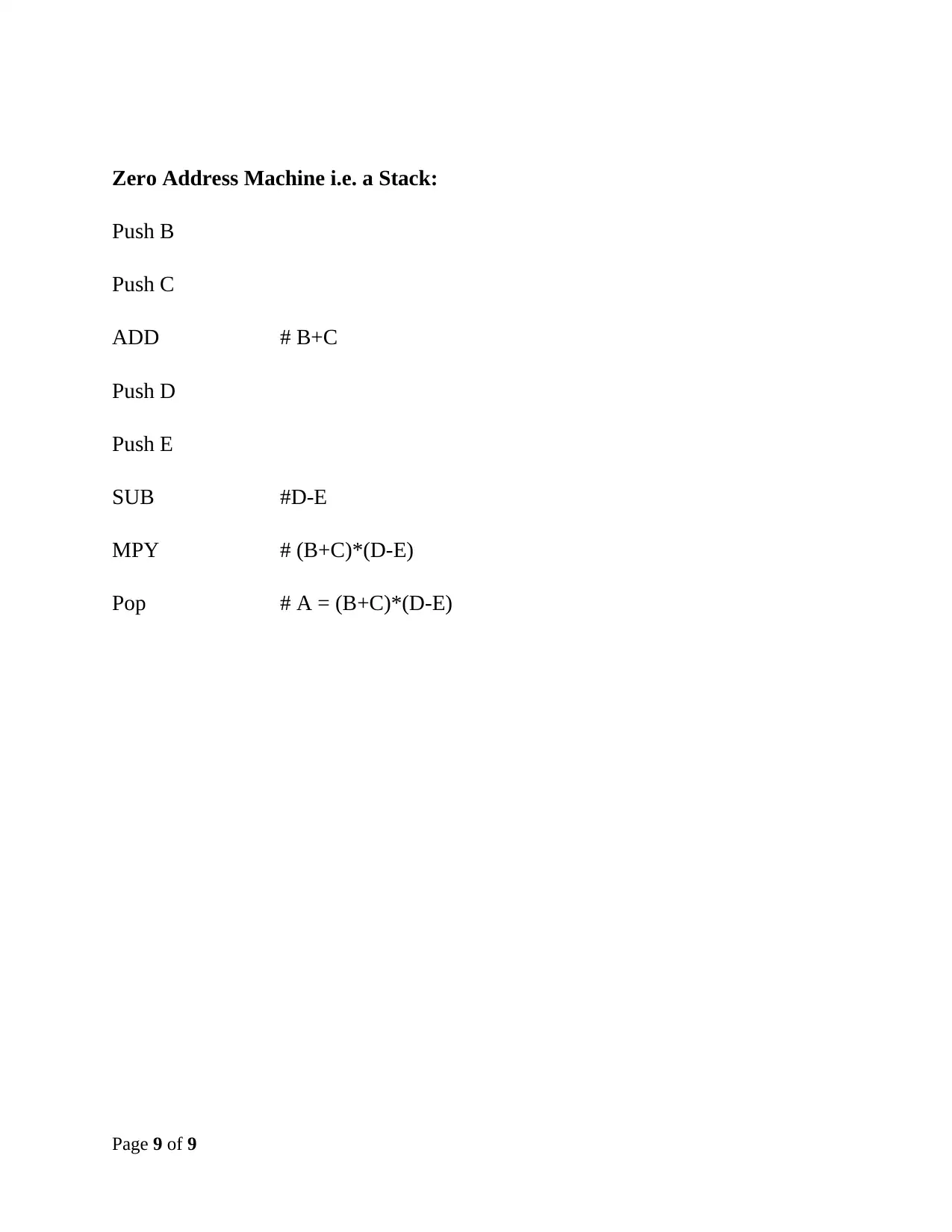






![[object Object]](/_next/static/media/star-bottom.7253800d.svg)